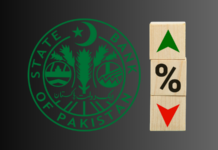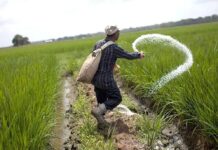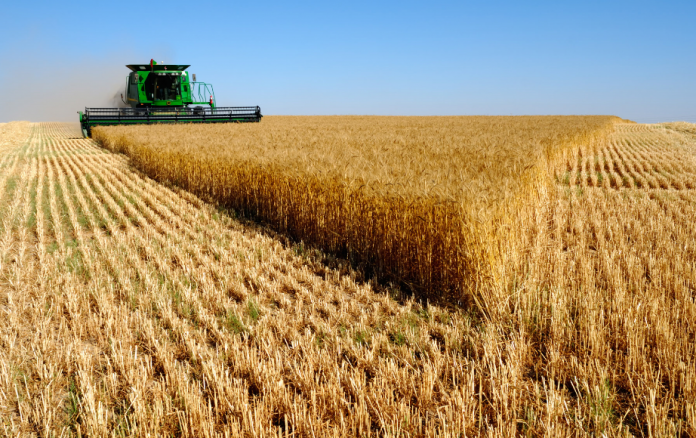LAHORE
The World Bank (WB) has downgraded implementation progress (IP) rating of the $ 170 million Sindh agricultural growth programme as unsatisfactory following the delays in agriculture components, which are largely responsible for slow implementation and low disbursement rate.
According to WB’s programme-related document available with the Pakistan Today, the Sindh government could only take the step of selecting new project director for the agriculture PMU. The delay in initiation of preparation of Sindh agriculture policy and strategy, besides preparing 3 background studies, were other steps that contributed in downgrade rating.
Under the livestock component, two milk chillers in Tharparkar district were to be established to pilot the milk collection model. The first set of research proposals under the competitive research fund for agriculture and livestock is said to be in final stage. Whereas, the livestock department expects to commit nearly 73 per cent of its share in IDA credit by the first quarter of fiscal 2018.
In addition, the documents indicate that the issues related to women’s participation and a robust procurement pipeline would be discussed at MTR.
The $ 88.7 million SAGP focuses on horticulture — particularly chilies (92 per cent of national production), onions (33 per cent), and dates (about 50 per cent) — and milk production as small farmers have had significant involvement of women in production and processing, and, from a national perspective, Sindh enjoys the greatest competitive advantage in these pro-poor production value chains.
Horticulture is largely unregulated, includes more private sector actors than the major crops, and has received little donor attention in the past. In the rare cases when donors have invested, they have focused largely on mangos and bananas — the two most profitable horticulture crops, which are often grown by large landowners, the documents state.
Investing in horticulture is believed to offer the best potential for increased small producer incomes, new employment opportunities in production and processing, improved resource productivity, and enhanced micro-nutrient availability in the market. The one exception to this strategy is the planned intervention in the rice value chain, which will target a cluster of small and medium-sized producers to help them reduce the post-harvest damages and loss from poor practices.
The first-order constraint identified in the analysis of the targeted value chains is the quality of production and the high-level of post-harvest losses.
Accordingly, SAGP will first focus on improving quality. The interaction between producers and other actors along a value-chain varies by commodity. In milk, producers generally produce directly for processors. In horticulture, they may link with either traders or processors.
In all of the targeted value-chains, there are several private sector actors (traders and processors) who are actively seeking high-quality products for domestic and international markets. Despite the presence of many value-chain actors, 25 per cent of Pakistan’s fruits and vegetables produced annually go to waste between the farm and the consumer.
Only four percent of Pakistan’s total fruit and vegetables are exported and at far lower prices (less than 41 per cent of the world average) due to poor quality and the reliance on traditional low-end markets.
In milk production, losses climb to about 30 per cent in the summer due to lack of infrastructure and equipment. Since milk production declines by 50 per cent in the summer, it leads to huge shortages and higher prices.

























